India’s Common Man Party (AAP) Challenges a Corrupt Two-Party System
Out of the burning coal of India’s anti-corruption movement rose the Aam Aadmi Party (AAP). Aam Aadmi, literally meaning Ordinary Man or Common Man, was spearheaded by Anna Hazare, himself a poorly known man from the village of Ralegan Siddhi in Maharasthtra state and a former soldier, before he became an anti-corruption activist. The political entity AAP officially came into existence with 301 members, on November 26, 2012.
Two decades of crony capitalism in India have led to the rise of a middle class that is fast becoming the votary of liberal democracy. It is this class that now contends for power against a political system dominated largely by upper-class men. Arvind Kejriwal’s mercurial rise to the post of Chief Minister of Delhi, as a result of the Common Man Party’s first participation in legislative-assembly elections, is now likened to a Bollywood script and should be a proof of the party’s success with the state of its presence in the national capital of country. Within the short span of one year, the bureaucrat-turned-politician Kejriwal became the flavor of the dissatisfied middle class. What attracted the people to the Common Man Party are the innovations it has introduced. This, as I see it, will have far reaching consequences for Indian politics as whole.
The Common Man Party has, without any legal requirement, avoided acceptance of money flowing from the corporate world and declared all its sources of income. The entire list of donors is available on its official website. Further, in recently contested Delhi Assembly elections, each of the 70 candidates had a personalized manifesto, a practice hitherto unknown in India. The party further insists on and holds gram sabhas (village-level meetings). Just days ago, when the election results for Delhi assembly were announced, the Common Man Party won 28 out of 70 seats. Thirty-one votes went to the corporatist Bharatiya Janata Party (BJP), but it could not form the government without a minimum of 36 legislators.
The disgraced Congress Party offered its support to the AAP. The Common Man Party held gram sabhas, asked about 2.5 million people to log in its website and vote for either of the option of taking part in forming a government or remaining in the opposition. It was only after more than 750,000 people responded, and a sizable section of these voters wanted the party to form the government that it did so. These experiments with truth, as Gandhi himself would have said, have for now impressed people and the corporate media. The entire political arena has taken a sudden turn with the entry of this new political party.
There remains a degree of doubt, however, with regard to this entire movement. The Common Man Party has categorically refused to tie itself to any ideology — as if the very word is a dirty trick. The party remains without doubt one of the beneficiaries of the existing discontent against a ruling class led by business tycoons, bankers and rich lawyers turned politicians. People around the country are angry with 10 years of Congress (I)-party led United Progressive Alliance (UPA) government misrule, Narendra Modi’s candidacy for Prime Minister for the BJP, and the high inflation rate.
Now with the Common Man Party’s decision to file 300 candidates for the upcoming national polls, the whole country is watching this party with new found hope. Already in the Delhi elections, Common Man Party has, as we say here in India, “snatched ladoo from BJP’s mouth.” This being the case, both of the major outfits, BJP and its political sibling Congress (I), are already spending sleepless nights.
It is refreshing to see a new political entity rise out of a period of intense moral bankruptcy. How this will benefit the working class is something only time will tell. If the party is really serious then it must honestly ask the public at large to examine the very core of Indian society: a society where the lives of most citizens are interlaced with day-to-day violence, a society that has lost all sense of respect not just toward the dead but also toward the living, a society where exploitation of labor is a way of life. How does the Common Man Party, which again and again has stressed that it is not driven by ideology but by a need for practical solutions from left and right, propose to address the fundamental clash of labor against capital?
Editor’s Note: Photographs one, three, four, five, six, seven and eight by Francois de Caillet.
Related Articles


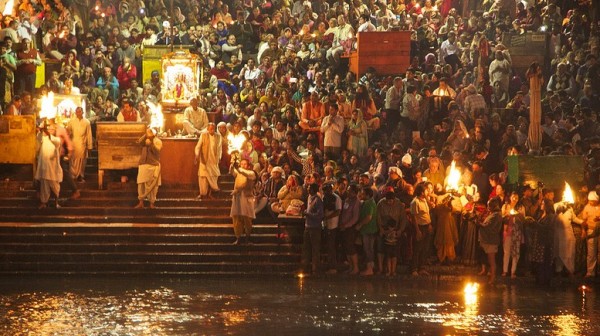
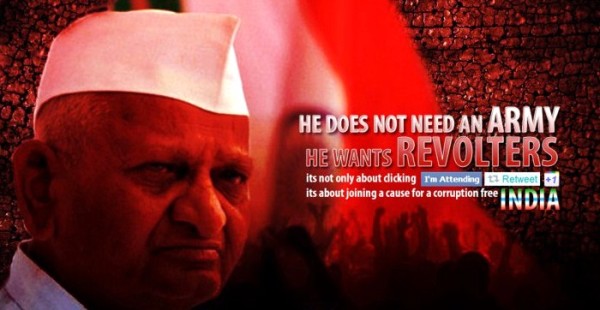
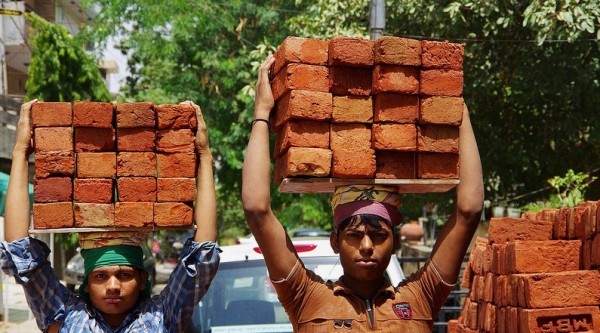
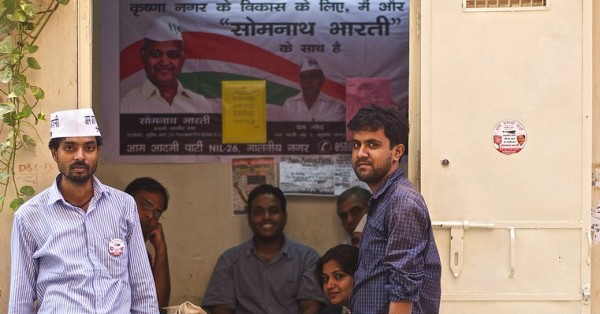
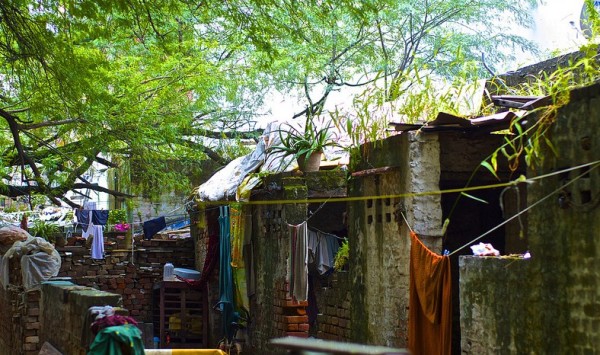
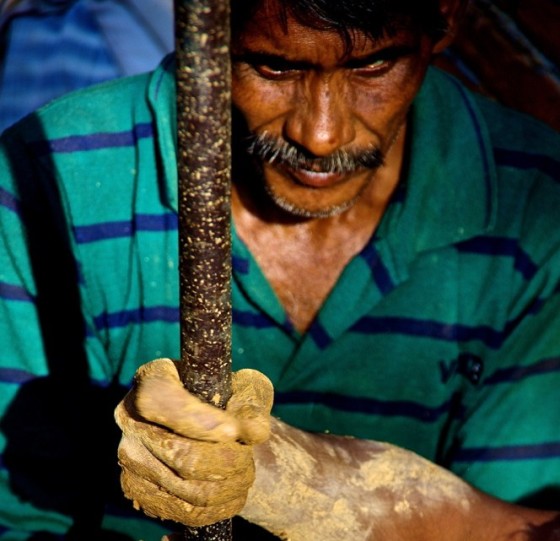
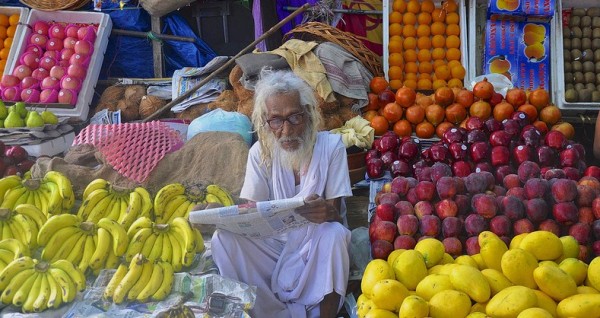












One Response to India’s Common Man Party (AAP) Challenges a Corrupt Two-Party System
You must be logged in to post a comment Login